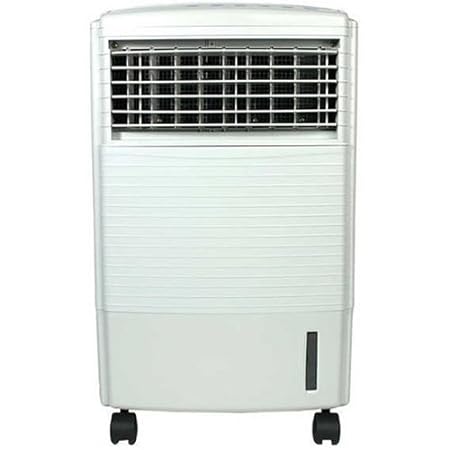BoomBoom
Well-known member
- May 2, 2012
- 1,722
- 58
- Parrots
- Boomer (Sun Conure 9 yrs), Pewpew (Budgie 5 yrs), Ulap (Budgie 2 yrs), Eight & Kiki (Beloved Budgies, RIP)
Hi, guys. Summers in my city can get up to 110F. I want my conure to be comfortable. Last summer we got through by pointing a box fan out the window, a stand fan circulating air in the room, ice bottles and frequent showers. I caught him panting a couple of times and was worried he would have heat stroke. I don’t want to go through that worry again so I want to make my portable AC work with my windows.
The problem is, I have a crank/swing window. My portable AC is meant for sliding windows. So I deviced a plan to use custom-cut plexiglass to mount the AC exhaust on. That fixes the temperature problem but it creates a new problem for me:
Plexiglass blocks UV rays. This is the only window in the apartment where Boomer can get his daily dose of afternoon sun. By the time I get off work, the sun would be setting so the only time I can get Boomer some sun is on the weekends. I don’t trust in full spectrum light bulbs (yes he has one installed). I am also worried that Boomer won’t have access to fresh air.
What would you do in my case?
The problem is, I have a crank/swing window. My portable AC is meant for sliding windows. So I deviced a plan to use custom-cut plexiglass to mount the AC exhaust on. That fixes the temperature problem but it creates a new problem for me:
Plexiglass blocks UV rays. This is the only window in the apartment where Boomer can get his daily dose of afternoon sun. By the time I get off work, the sun would be setting so the only time I can get Boomer some sun is on the weekends. I don’t trust in full spectrum light bulbs (yes he has one installed). I am also worried that Boomer won’t have access to fresh air.
What would you do in my case?
